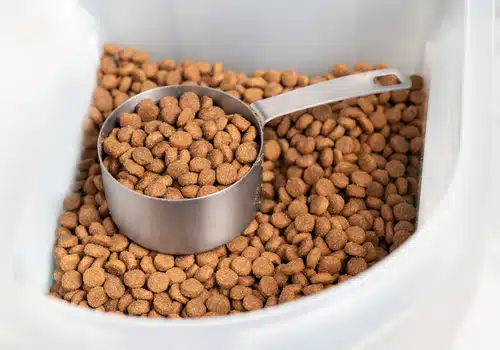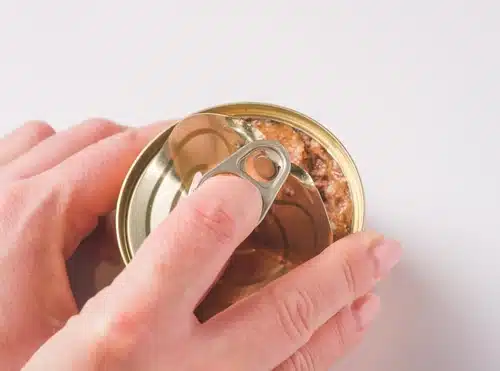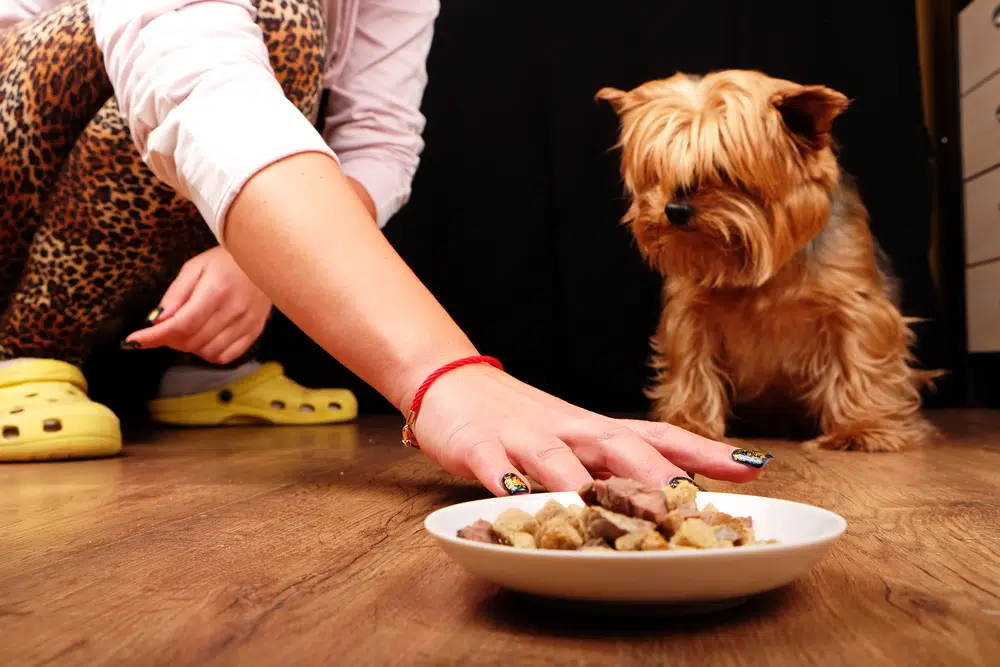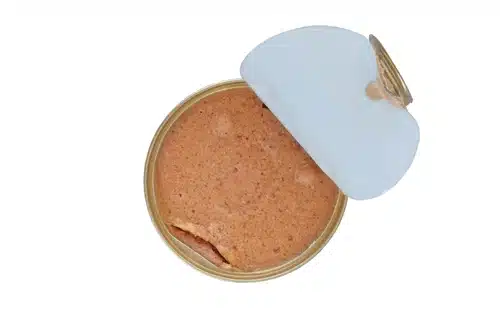Home » Blog » Pet » Pet Health & Safety » Pet Food Storage Mistakes You May Be Making
Categories
Tags
animal welfare
breed profile
buying a car
buying a pet
Car
car accessories
car care
car features
car insurance
Car safety
car sales
car service
cat
cat behaviour
cat body language
Cat Breeds
cat food
cat insurance
comprehensive car insurance
Dog
Dog Behaviour
dog body language
Dog Breeds
dog food
Dog Insurance
dog training
eco friendly cars
Kitten
New Car
pet accessories
pet activities
Pet Adoption
pet breeders
pet days of the year
pet fun stuff
Pet Health
pet insurance
pet parenting
Pet Safety
pet services
Puppy
rescue pets
road safety
road trip
safe driving
Recent Blog:
Facebook Posts
2 days ago
Growing old sometimes means we can’t take care of pets anymore. Find out some advice on what to do when this happens:![]()
![]() Senior Pet Parents – Contingency Plans for Your Pet – bit.ly/44bzwkS
... See MoreSee Less
Senior Pet Parents – Contingency Plans for Your Pet – bit.ly/44bzwkS
... See MoreSee Less
Senior Pet Parents' Contingency Plans for Pets
www.pd.com.au
Sometimes senior pet parents need more downtime. For older pet owners, this can be tricky to navigate if their dog or cat is full of beans and wants to4 days ago
Before you rev up the engine, let’s run through a checklist of things to do before starting your car. Not only do these steps ensure your safety (and that of others around you), but they also help in maintaining your vehicle's longevity.![]()
![]() Driving Tips: Your Checklist Before Starting Your Car -
... See MoreSee Less
Driving Tips: Your Checklist Before Starting Your Car -
... See MoreSee Less
Driving Tips: Your Checklist Before Starting Your Car
www.pd.com.au
Heading out for a drive? Hold up a second! Whether you're dashing off to work, running errands, or embarking on a road trip adventure, there are a few1 week ago
Are intestinal worms setting up camp in your dog’s gut without paying rent? Here’s how to spot the main culprits and get rid of them too:![]()
![]() Preventing, Identifying and Treating Intestinal Worms in Dogs - bit.ly/43YjCKu
... See MoreSee Less
Preventing, Identifying and Treating Intestinal Worms in Dogs - bit.ly/43YjCKu
... See MoreSee Less
Preventing, Identifying and Treating Intestinal Worms in Dogs
www.pd.com.au
Intestinal worms, such as roundworms in dogs are one of the least glamorous topics on the planet. These intestinal parasites that basically use our dogs“Keep in a cool, dry place.” That seems to be the long and short of dog and cat food storage, right? Well, there’s actually more to it. It turns out there are health hazards for both you and your pet if you don’t store their food properly.
When it comes to dog and cat dry or wet food storage, it’s worth knowing how to do it right. After all, they’re completely reliant on you to keep their food’s quality tip-top! Let’s pounce right in …
In this article
Dog and cat food storage: Dry food/kibble
Dry dog and cat food, also known as kibble, is easier to store than wet food because, well, it’s dry. A dried product is automatically less likely to spoil due to its low moisture content.
Nevertheless, there are some important dog and cat food storage tips you need to know as well as mistakes people when it comes to dry food. Here are some of them:
Discarding the bag
With so many pet food storage bins and containers on the market, you may be tempted to ditch your pet food packaging the moment it comes through the door.
This isn’t always the smartest idea. Manufacturers put a lot of research into how they package their food. They want to ensure it stays fresh on the shelf for as long as possible and retain optimal nutrition.
For that reason, keeping your pet’s food in its original packaging is often the best dog and cat food storage method you can go for. When you’re pouring your pet’s food out into a storage bin, especially one that’s quite large, you’re exposing the food to more air than was in its original packaging.
Oxygen breaks down the food, making it go stale quicker and lessening its nutritional value. If you want to use a storage container, buy a smaller container and pour the food over bit by bit so they eat it before it goes stale.
Also, always make sure the container is nice and airtight for added freshness. Putting the entire bag of food into your storage container and adding a clip to the bag to seal it is the best option:
Ignoring cat and dog food storage temperatures
Dry and canned pet food should be stored indoors in cool temperatures (ideally, keep the temperature under 26 °C) with low humidity. Anything higher can turn the fats in pet food rancid and mess with the nutrients. Plus, mould and bacteria just love that hot and humid vibe.
There are some pet parents who swear by storing their pet’s kibble in the freezer to retain freshness. This isn’t inherently bad, but remember not to refreeze the kibble once you’ve thawed it. Repeated freezing and thawing can degrade the quality of the food and increase the risk of bacterial growth.
Not squeezing out the air
Air oxidizes your pet’s food and makes it break down quicker. By squeezing out as much air as possible before you roll up the top of your pet’s kibble bag, you slow down the oxidation process. Air also contains moisture, which can lead to the development of mould and bacteria in the food.
And then there’s storage mites. These are tiny pests that can infest pet foods, particularly dry kibble. They’re more likely to occur if your pet’s food is stored in open air, but can also enter the food if your container isn’t airtight.
Cat and dog food storage near cleaning supplies
Many of us store our pet food in areas where there may also be cleaning supplies, like under sinks or in storage cupboards. Be mindful of potential contaminants near your pet’s food. This isn’t just about the liquid or powder getting into their food – but the fumes these supplies may release.
Fumes can get into packages and containers without the cleaning supplies having touched your pet’s food. This will not only spoil the taste of their food, but can be dangerous to their health.

Not washing the container regularly
Dry pet food contains fats and oils – which is nutritionally necessary for a balanced diet. However, over time these oils can coat the inside of your cat or dog’s food storage container and go rancid.
Every time you add a new bag of food to the container, you’re contaminating it.
If you’re pouring your pet’s dry food over into a container, ensure you thoroughly wash it out in between every new bag of food.
Not checking expiration dates
Though dry food lasts longer than wet food, it still has an expiration date. Using food past its “best by” or expiration date means it may not only have lost some of its nutritional value, but could potentially make your pet sick.
PS: Got a pup who’s not into their kibble? Check out How Do I Get My Dog to Eat Dry Food? And if you’re still weighing up dry cat food vs wet cat food, this blog will help.

Dog and cat food storage: Wet food
When it comes to wet dog and cat food storage, including pouches or cans, you need to be a little more mindful. Wet food can go off within a day if not refrigerated after opening, which can be very dangerous for your pet if consumed.
Generally, ensure your pet is eating the entire serving of wet food. If they’re only eating some of it, the rest must be refrigerated promptly. Opened wet pet food in the fridge should be consumed within 5-7 days.
Here are more wet food storage mistakes to avoid:
Not inspecting the tin
Never serve your pet food from cans that are bulging, leaking, or show signs of denting at the seam or rim. So, read up on everything you need to know about canned food safety.
Keeping it in the tin
If you’re serving wet food from a tin, it’s a good idea to scoop the leftovers into a plastic airtight container before placing it in the fridge.
There’s a concern that once the can is open, the protective lining inside it may break down more easily, potentially allowing the metal to leach into the food. This is more likely with acidic foods, but it’s a good practice to avoid with all canned foods.
Check out the wet cat and dog food storage solutions on the market – you may be able to find functional lids and covers for your pet’s canned food.
Placing uneaten food back into the container
Is your dog or cat a picky eater? Discard any uneaten food from their bowls rather than putting it back into the original container. Food that’s sat out for a period of time at room temperature can grow bacteria and will contaminate the rest of their fresh food.

Insurance for the unexpected
Understanding safe dog and cat food storage is part of being a responsible pet parent. So is having adequate pet insurance. PD Insurance is dedicated to a long-term vision of consistently providing pets and their people with softer landings in the most crucial moments.
Our fur kids are prone to many illnesses and accidents. A value-rich, flexible PD pet insurance plan will help you cover the cost of a wide range of treatments. Why not get a quote today?
Share On:




